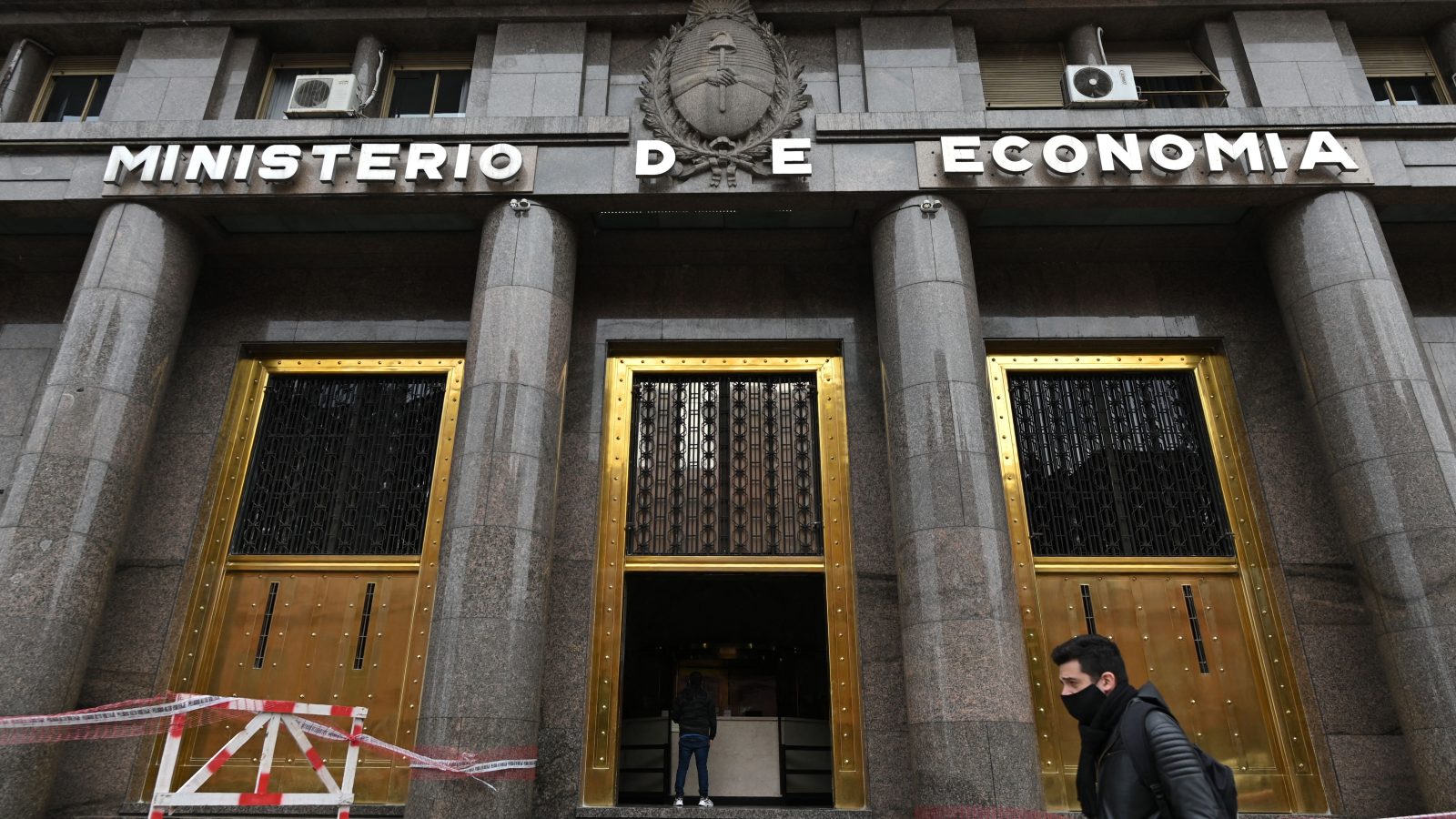Argentina’s minister of the economy, Martín Guzmán, resigned Saturday, and, with the country’s markets closed for the weekend, stablecoins were the first asset to reflect how the political upset would impact the economy.
When Guzmán tweeted that he was leaving office, worries about how his departure would impact Argentina’s finances were immediate: the price of cryptocurrencies pegged to the U.S. dollar, known as stablecoins, skyrocketed in response to speculation about the fate of the Argentine peso.
Due to years of economic turmoil, Argentina closely regulates the exchange rate of its national currency, including when it can be publicly traded. Because Guzmán’s resignation came over the weekend, speculation ran rampant during the 39 hours between his departure and the opening of the currency markets on Monday.
Cryptocurrency exchanges, meanwhile, were open for business. As a result, economists, journalists, and traders who spoke to Rest of World said stablecoins were the only clear proxy for users to monitor the peso in real time. Meanwhile, some traders looked to beat what they expected to be a Monday morning devaluation by changing their pesos to “dólar cripto,” as stablecoins are locally known.
Crypto lies in a legally gray area in Argentina, so measurements of its adoption vary widely, but Chainalysis’ Global Crypto Adoption Index ranks the country among the top 10 crypto adopters worldwide.
Alberto Guerrero Montilla, 34, works as a business development specialist for a blockchain-as-a-service startup called SenseiNode. When he found out about Guzmán’s resignation, he opened CoinMonitor, a crypto tracker, and saw the decline of the peso versus the stablecoin exchange rate in real time. Right before the announcement, the value of one USDT (Tether stablecoin) stood at 240 pesos. Then, “I saw it jump to 253, then 258, then 261, some even to 270” in a matter of hours, he told Rest of World. Some exchange platforms, like Lemon Cash, peaked at 300.
“We saw stablecoin operations triple over the weekend,” Juan José Méndez, chief brand officer at Ripio, a digital wallet with over 1.5 million users in Argentina, told Rest of World. For Nicolás Pertierra, an economist at the Scalabrini Ortiz Center for Economic and Social Studies, a local socioeconomic research center, the peso-stablecoin rate acted “as a thermometer that helped economists measure what to expect.”
When Rest of World spoke with Argentinean traders, experts, and crypto-exchange executives on Wednesday, the value of a black market dollar had settled at around 250 pesos — far from the crash some exchanges had speculated on Sunday morning. Nevertheless, this first crypto-led currency run meant that, for over 24 hours, between Saturday afternoon and Sunday night, some users overpaid for dólar cripto stablecoins in pesos.
Paying 300 pesos for one dólar cripto was absurd “especially when the market is still closed.”
Last Friday, 27-year-old Juliana — who spoke on condition of anonymity because of crypto’s unregulated legal status in Argentina — planned to buy U.S. dollars with her monthly paycheck from working as a developer, but she didn’t make it in time before the official exchange market closed. On Saturday, she rushed to buy Ethereum through crypto-exchange Binance, something she had done, in only small amounts, a few times in the past. “When I saw the situation, I decided to buy crypto,” she told Rest of World.
The rush to buy stablecoins isn’t new in Argentina. After elections in 2019 favored the current left-leaning president, Alberto Fernández, the team at Ripio saw a marked increase in crypto purchases. There were even more transactions back then than over this past weekend, said Méndez. However, the difference this time was about timing, as crypto led the exchange rate trends over the weekend.
It’s a trend that many worry about going forward. An anonymous Ministry of Economy official, who requested their statement be kept anonymous amid the institution’s crisis, told Rest of World that in spite of their name, stablecoins are unstable. Paying 300 pesos for one dólar cripto was absurd, the official said, “especially when the market is still closed.”
Elías, 29, works at a local bank and is a crypto user. Still, he considers it foolish to have bought cryptocurrency during the weekend panic. Those who bought stablecoins at overpriced peso rates “were acting out of fear and uncertainty,” he told Rest of World. “A friend called me and asked what she should do,” he recalled, “I said, ‘Keep calm.’”
Author
Administraroot


